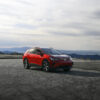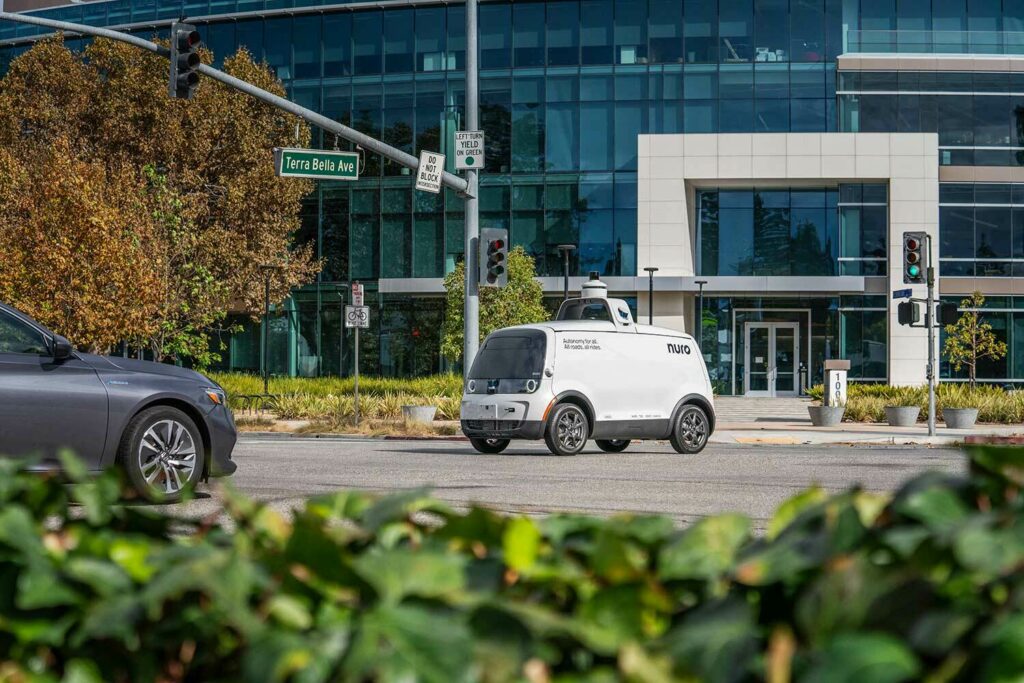
When Nuro first introduced its fleet of autonomous delivery robots, it captured the imagination of a future filled with efficient, last-mile logistics. Today, the company is embarking on a new journey—one that moves beyond operating vehicles to sharing its expertise.
By expanding deployments of its R3 vehicles and shifting to a licensing model, Nuro is adapting to a rapidly changing industry while staying true to its mission of advancing autonomy.
A New Business Model: Licensing Autonomy
Nuro has pivoted from building and operating its own fleet to licensing its technology. The Nuro Driver platform now forms the core of its strategy, providing automakers and mobility providers with the tools to integrate autonomous systems.

This shift allows Nuro to serve two distinct markets: automakers seeking to enhance their vehicles with scalable autonomy and delivery or ride-hailing companies in need of plug-and-play solutions.
The decision to license rather than manufacture vehicles is a pragmatic one. It lowers operational costs while broadening the reach of Nuro’s technology. By enabling others to deploy its autonomy platform, Nuro shifts from being a delivery company to becoming an integral part of the autonomous ecosystem.
Testing and Expanding Boundaries
Recent expansions in Mountain View and Palo Alto, CA (83% growth in operational area) and Houston, TX (70% growth) are pushing Nuro’s technology into more challenging real-world environments. This isn’t just about covering more miles—it’s about advancing the capabilities of its autonomous systems.

The updated Nuro Driver system can now handle complex driving scenarios such as yielding to emergency vehicles, navigating through construction zones, and stopping for school buses. Night operations, previously out of reach, are now part of its repertoire, and for the first time, vehicles are running without safety drivers.
These advances demonstrate not just technical sophistication but also the system’s readiness for large-scale deployment.
Standing Out in a Competitive Market
The autonomous vehicle market is crowded, with major players like Waymo, Cruise, and Mobileye vying for dominance. Nuro distinguishes itself with its focus on zero-occupant delivery and its transition to licensing.
Unlike competitors prioritizing passenger transport, Nuro has carved out a niche that emphasizes practicality and cost-effectiveness.
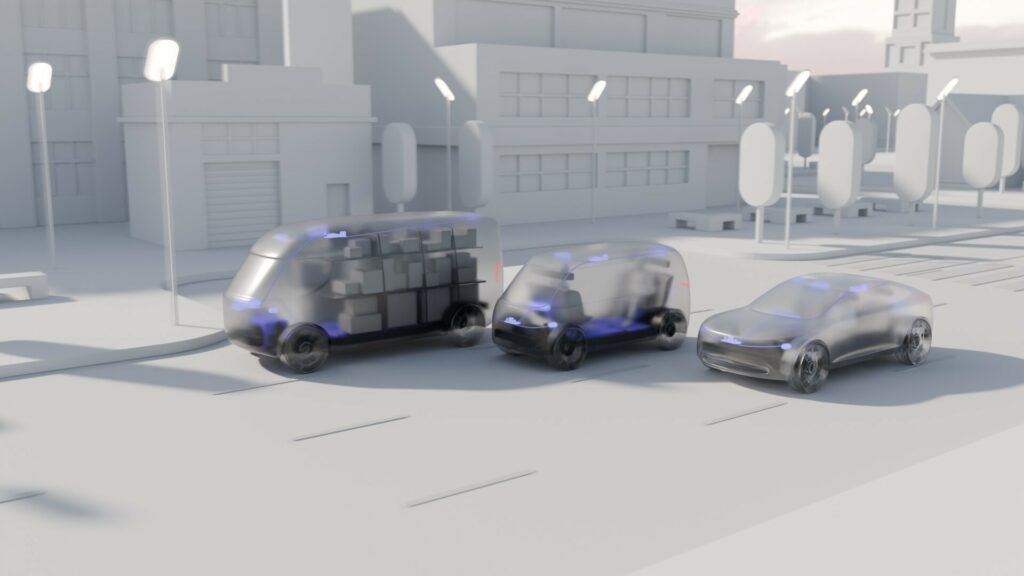
Its technology, which integrates advanced AI software with automotive-grade components, appeals to companies seeking reliable autonomy without the steep costs of developing it in-house. This dual focus on delivery and licensing positions Nuro as a unique and attractive partner in the mobility space.
Partnerships Pave the Way Forward
Collaborations with companies like Domino’s, FedEx, and Uber Eats have been instrumental in refining Nuro’s systems. These partnerships allowed the company to test its technology across varied use cases, from pizza deliveries to last-mile logistics.
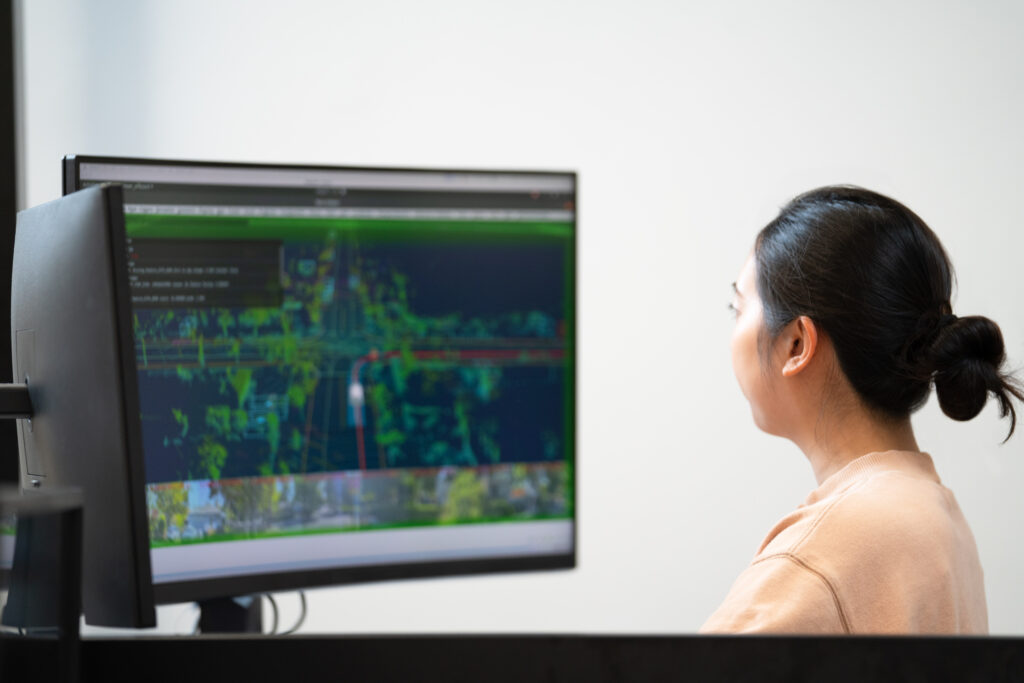
Now, with the Nuro Driver platform, the company is opening the door to broader applications. Automakers and mobility providers can integrate this technology into their fleets, creating new opportunities for goods delivery, passenger transport, and custom autonomous solutions. By licensing rather than building, Nuro has expanded its potential impact beyond its own vehicles.
Navigating Regulations and Realities
The path to deploying autonomous vehicles at scale is as much about regulatory approval as it is about technological advancement. Nuro’s recent authorization from the California Department of Motor Vehicles to expand testing is a key milestone. However, the challenges of securing similar approvals across other states remain significant.
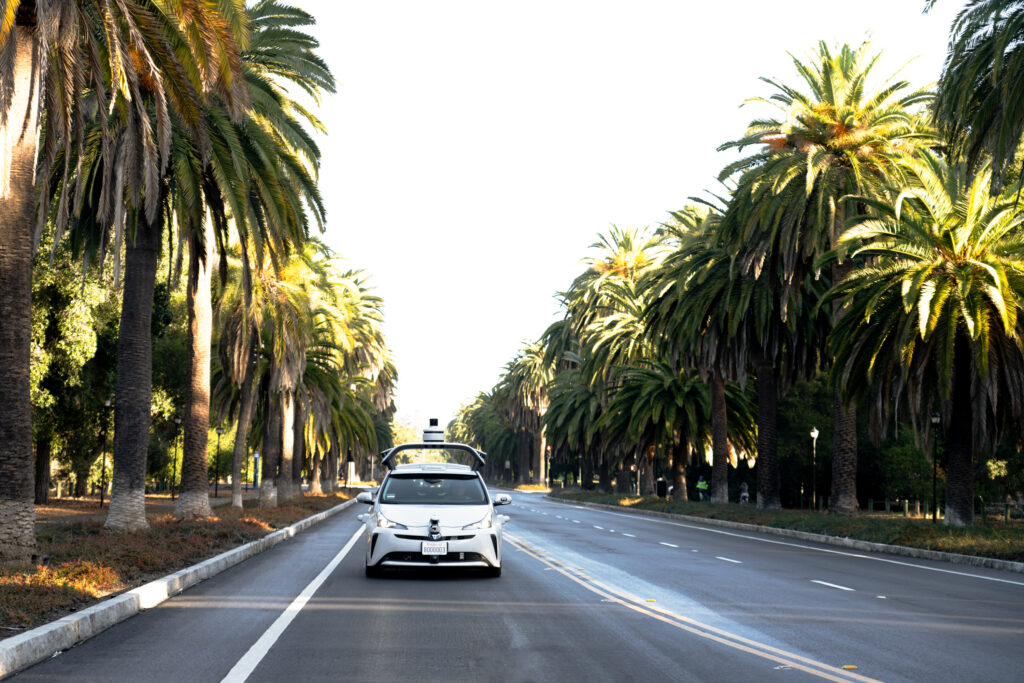
Nuro’s ability to navigate these regulatory landscapes will hinge on demonstrating the reliability and safety of its system. Handling dynamic situations—such as responding to emergency vehicles or maneuvering through construction zones—is critical for earning trust from both regulators and the public.
Facing Financial Pressures
Nuro’s decision to pivot wasn’t purely strategic; it was also born out of necessity. After raising over $2 billion in funding, the company faced mounting costs associated with manufacturing and operating its fleet. Despite partnerships and operational pilots, sustaining its original business model proved untenable.
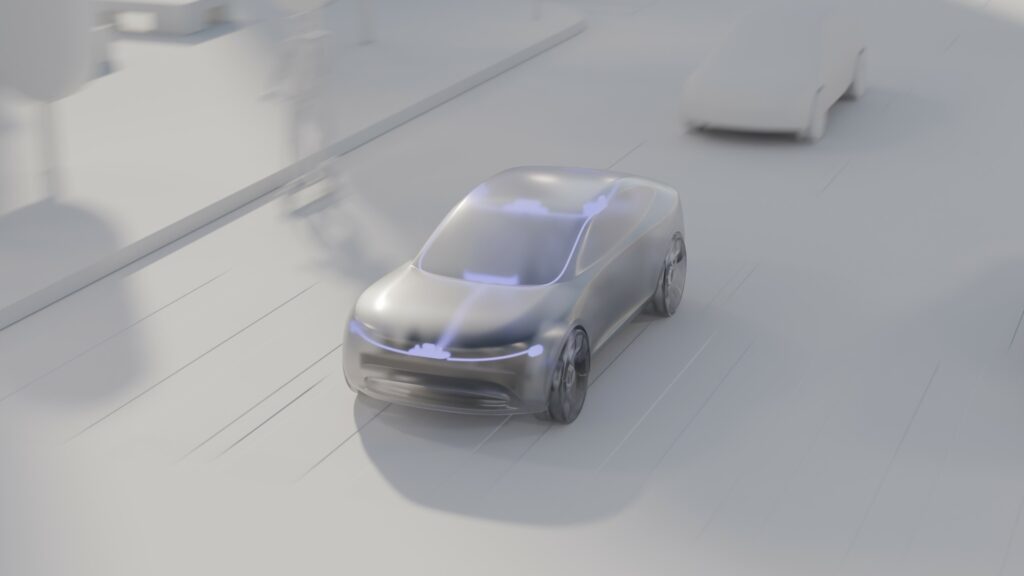
Licensing offers a more financially viable path. By focusing on providing its platform to others, Nuro can reduce expenses while tapping into a wider customer base. This approach, coupled with its expanded testing and technological advancements, aims to stabilize the company’s finances and set it on a sustainable course.
A Broader Vision for Autonomy
While Nuro is best known for its work in goods delivery, its platform hints at a broader ambition. The versatility of the Nuro Driver system allows it to be applied to a range of scenarios, from urban mobility to autonomous grocery shuttles.
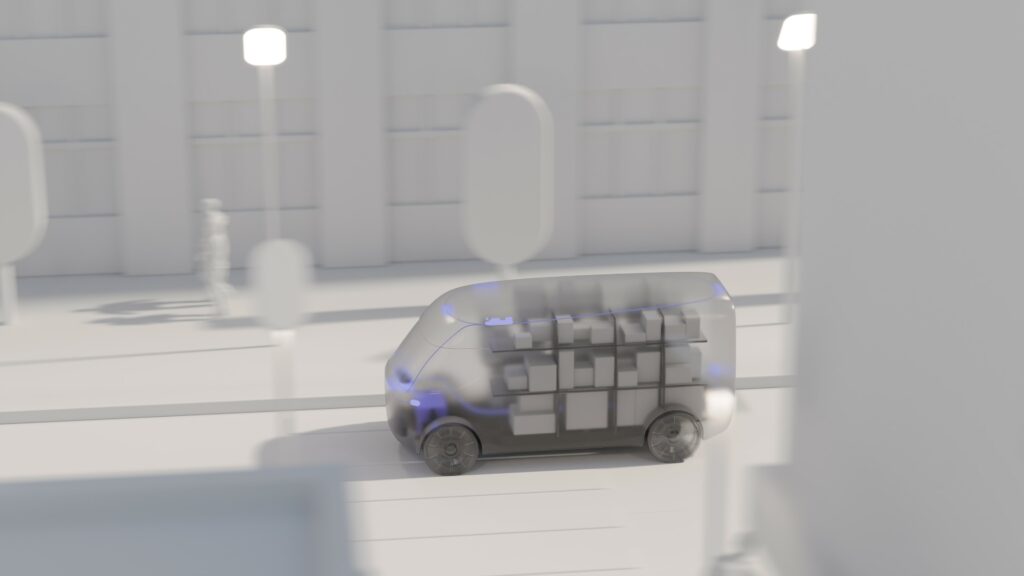
By focusing on scalability and adaptability, the company is positioning itself to shape not just logistics but also the future of how people and goods move in cities.
Charge Complete
Nuro’s journey reflects the challenges and opportunities of navigating the autonomous vehicle industry. Its pivot to licensing marks a shift in focus, allowing it to scale its influence and technology without the high costs of fleet management.
With expanded testing zones, advanced capabilities, and a versatile platform, Nuro is positioning itself as a key player in the evolving autonomy space.
Whether this strategy secures its place as a leader remains to be seen, but Nuro’s commitment to innovation ensures it will continue to be a significant force shaping the future of mobility.



